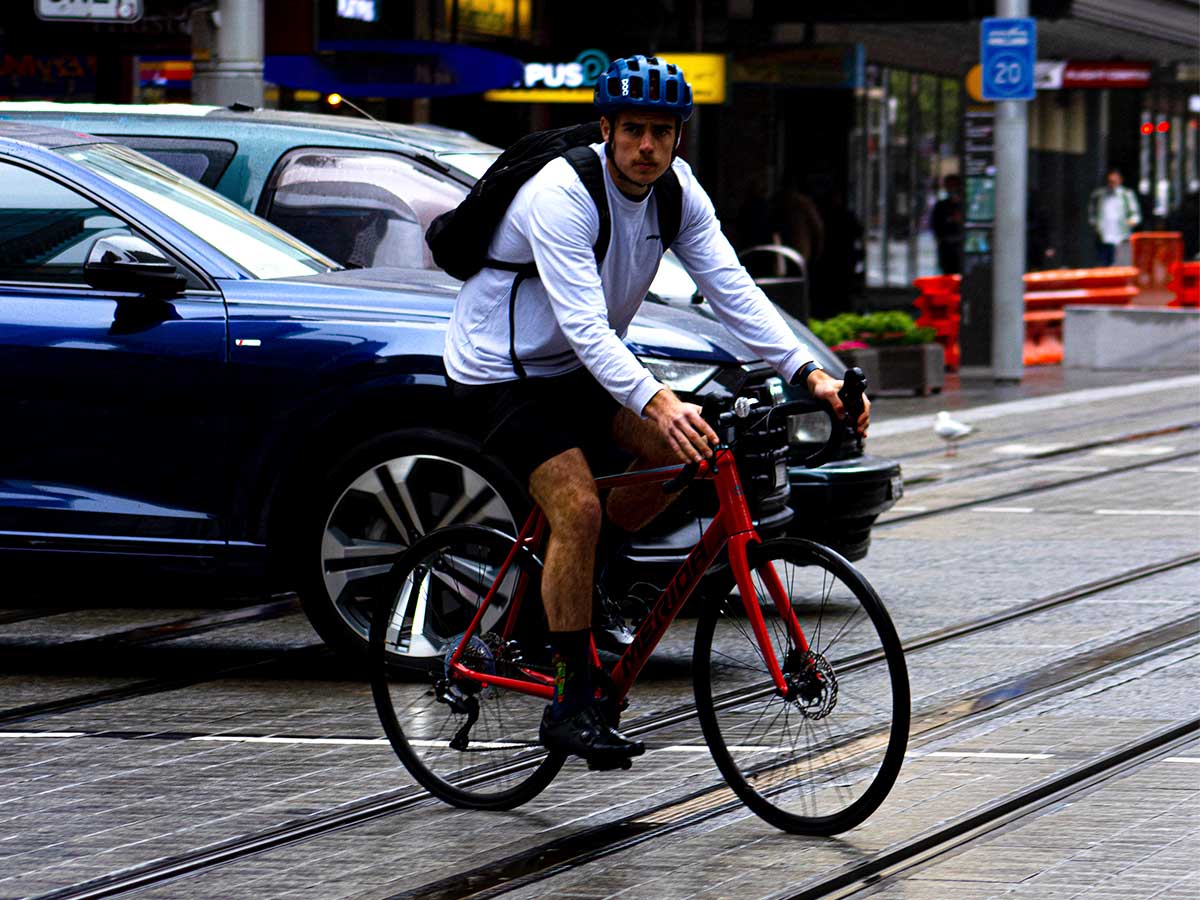
If you’re a regular cyclist in the UK, chances are you’ve experienced countless downpours in your time. And anyone can agree, they’re not enjoyable. Yet, although unpredictable wet weather can be a real source of concern for cyclists, there are a number of steps you can take to reduce the impact it has on your ride.
Here are some tips for riding in the rain to help you stay dry, warm and safe.
You may also be interested in:
- 8 Maintenance Tips Every Cyclist Should Know
- What Happens If You Commute By Bike For A Year
- 8 Highway Code Changes Every Cyclist Should Know
Invest In A High Quality Waterproof Jacket
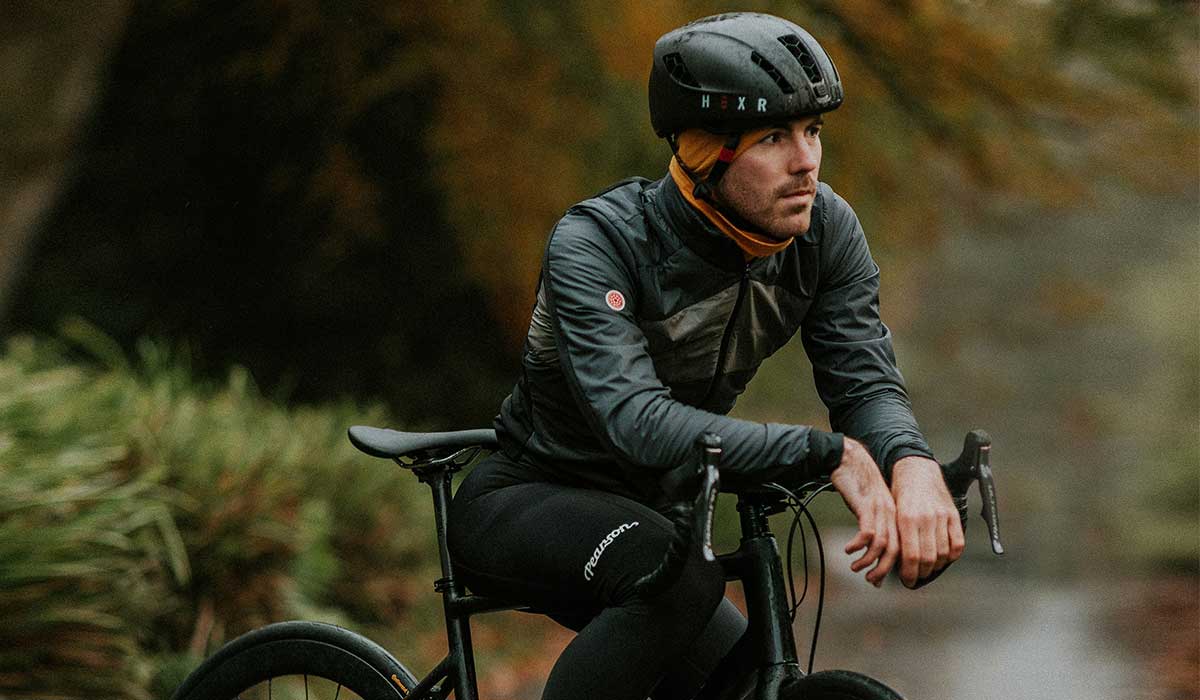
Getting yourself a high quality waterproof jacket should be number 1 on your priority list when cycling in the rain. Not only will a waterproof jacket keep your body dry, but it will also help to regulate your body temperature and stay comfortable during your ride.
There are certain key features to look for when choosing the perfect jacket for wet weather riding. First, you want a jacket that is breathable as far as possible, allowing sweat to escape so you stay dry from the inside and avoid overheating. You also want to opt for a membrane laminate or coated jacket. Gore-Tex is generally regarded as the best material as it’s both waterproof and breathable.
Keep Your Hands And Feet Dry
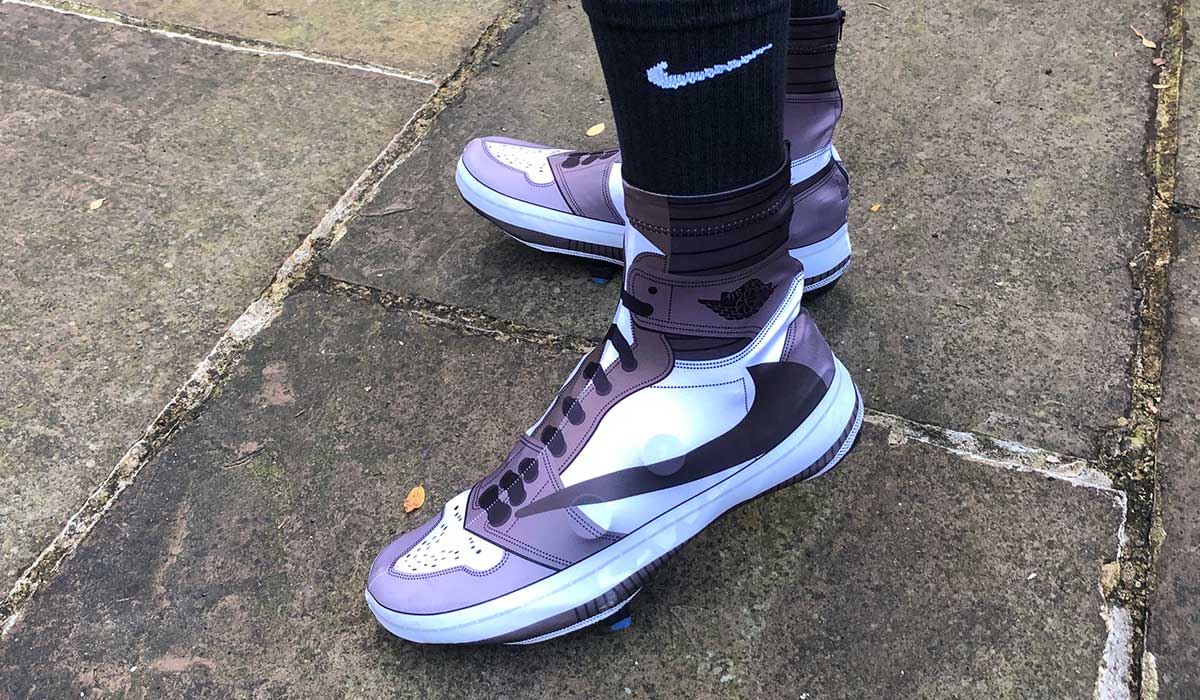
We’ve all been there and it’s not pleasant: freezing cold fingers and toes while you’re on your bike miles from home leaving you seriously questioning your life choices.
In cold, wet conditions, your core temperature will start to drop and the blood vessels in your extremities (hands and feet) constrict in an effort to prevent heat loss from your core. Cold hands will not only make riding a miserable experience but, if they interfere with your ability to brake or grip your bars, they can seriously affect your riding performance and safety too.
You want a pair of waterproof gloves which offer a good degree of flexibility while also keeping your hands warm and dry. In very cold conditions, we recommend choosing a thin silk or Merino wool liner gloves as an insulating mid-layer and then layer with a waterproof outer glove.
A pair of overshoes or shoe covers are an essential addition to any cyclist’s wardrobe. These range from non-waterproof but warm offerings made from material like Cordura to more robust, fully waterproof, overshoes made of neoprene (the same material used in wetsuits). It’s personal preference really so play around with a couple of options and see what works for you.
Mudguards Are Your Friend
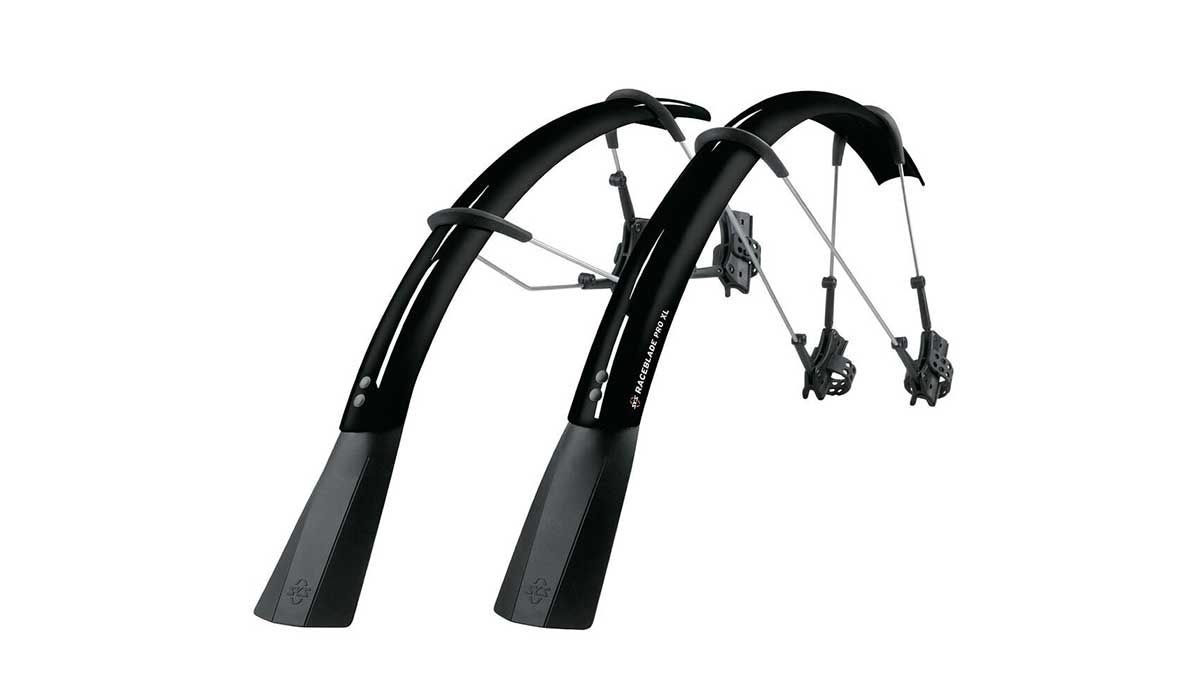
The humble mudguard may not be the most aesthetically pleasing cycling accessory but it’s certainly one of the most effective. Next time you’re riding in the rain take a moment to register how quickly your lower back becomes sodden with the gritty surface water kicked up by your rear wheel.
Mudguards solve this problem and you, and anyone riding behind you, will be forever grateful.
Be Seen
Rain can drastically reduce the visibility of pedestrians and motorists, so It's important to make yourself as visible as possible in these conditions, even in the middle of the day.
You should have a good pair of front and rear lights attached to your bike at all times, not just at night. Kitting yourself in hi-vis and reflective gear is a perfect accompaniment to a solid set of lights, especially at night.
Check Your Tyres
If your tyres are wet, they’re likely to pick up more dirt from the roads than usual. After your ride, spend a couple of minutes checking your tyres for cuts that could weaken the carcass.
For winter cycling, it's a good idea to ride a heavier tyre with a thicker tread. Reliability rather than speed is the name of the game this time of year.
You may also want to consider going tubeless.Thanks to the sealant, any small punctures should fill almost instantly, stopping air escaping and flatting the tyre. They can also be run at much lower pressures than conventional clinchers, giving you a larger contact patch with the road which is a real help on slippery roads.
Wear A Cycling Cap
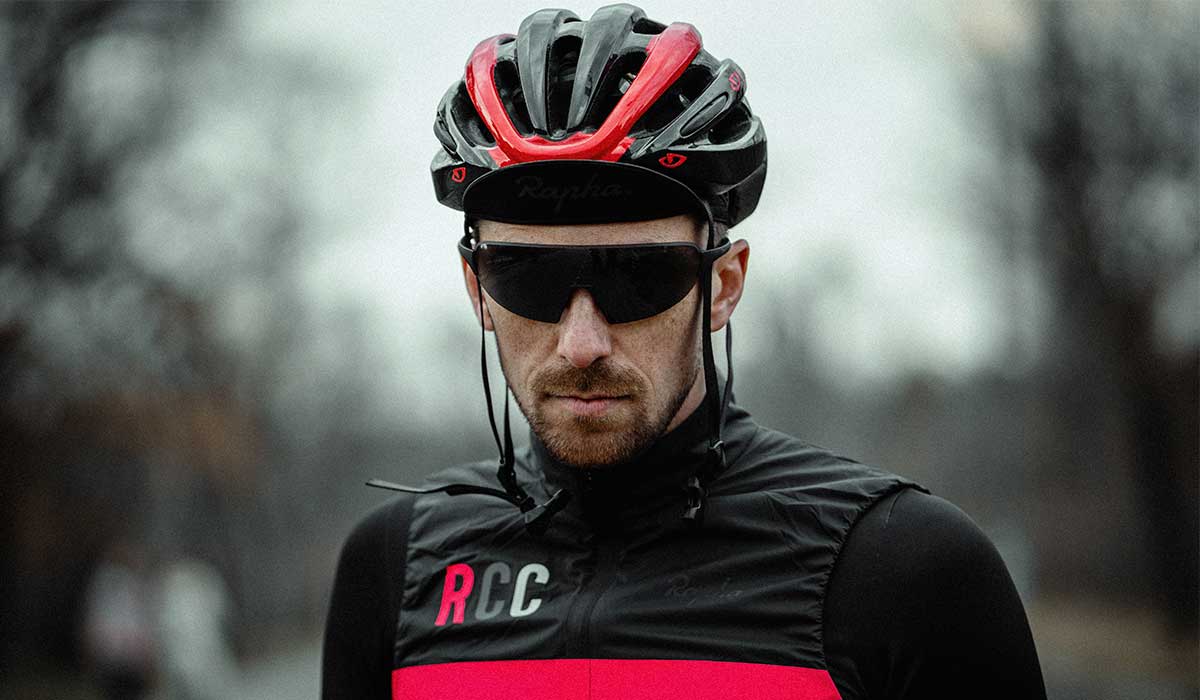
In cold conditions, you can lose up to 10% of your body heat through your head, and although a helmet provides the best protection for your skull, it certainly won’t keep your head warm. This is why we highly recommend wearing a cycling cap beneath your helmet as a thermal layer, with the peak giving you extra protection from rain spray. You could also wear a skull cap, but these don’t have the added benefit of a peak.
Use A Neck Warmer
The neck warmer is the best piece of cycling clothing you’ll ever own. Really, it’s game changing. It fills the gap between the top of your jersey and your neck keeping you nice and toasty, it can be worn over your head completely like a balaclava and can even function as a face mask at the cafe if you need it. If you get too hot, just take it off and pack it away in your rear jersey pocket.
Thanks to Southern Distributors for assisting with this article.
Stay protected whatever the weather with cycle insurance from Pedalsure. Get a quote today.
